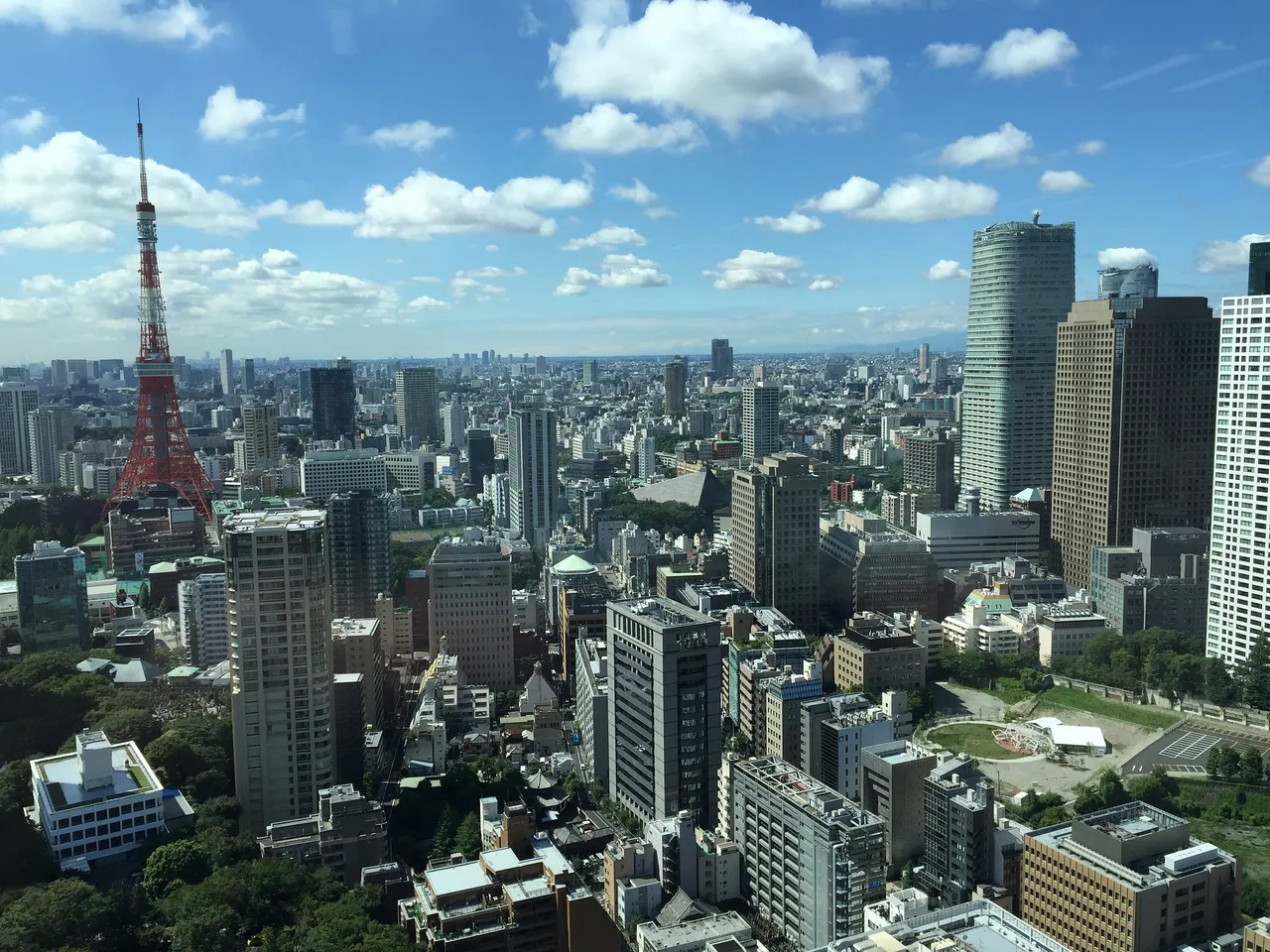
Tokyo, Global City, Megalopolis & Blockchain Energy
What’s the Difference Between a Megacity, a Metropolis, a Megalopolis and a Global City?
Historically, the size or population of a settlement was a general indicator of its importance—the bigger city, the more power it yields—however, with the large rural-to-urban migration of the last century, it has become harder to define what makes a city important.
Growth of a Great City from the Seeds of Ieyasu’s Edo
Tokyo is the largest megacity in the world according to The World’s Cities in 2016, a data publication from the United Nations. The Tokyo urban agglomeration—the metropolis itself, along with its surrounding urban sprawl reaching into the neighboring prefectures of Kanagawa, Saitama, and Chiba—has 38 million inhabitants, more than the population of Canada.
How a 29-year-old is using blockchain and A.I. to cut energy bills by up to 25 percent
Wang’s is one of about 500 Singaporean companies said to have saved a combined 1.5 million Singapore dollars ($1.1 million) in the past year by moving over to Electrify, a new blockchain-based platform designed to cut bills and change the way we think about energy.
China Mines Silicon Valley for Tech Talent
China’s government and businesses are trying to attract top-caliber engineers, scientists and other skilled technical workers, particularly U.S.-based Chinese professionals, according to officials, recruiting agents and those being approached. Silicon Valley, with its nexus of big tech firms, research labs and venture investors, is a prime target.
The modern workforce is freelance–cities should get ready
By 2027, half the U.S. population will be freelance. If cities focus on that, attracting independent workers and startups suddenly seems a lot more important than, say, courting Amazon.